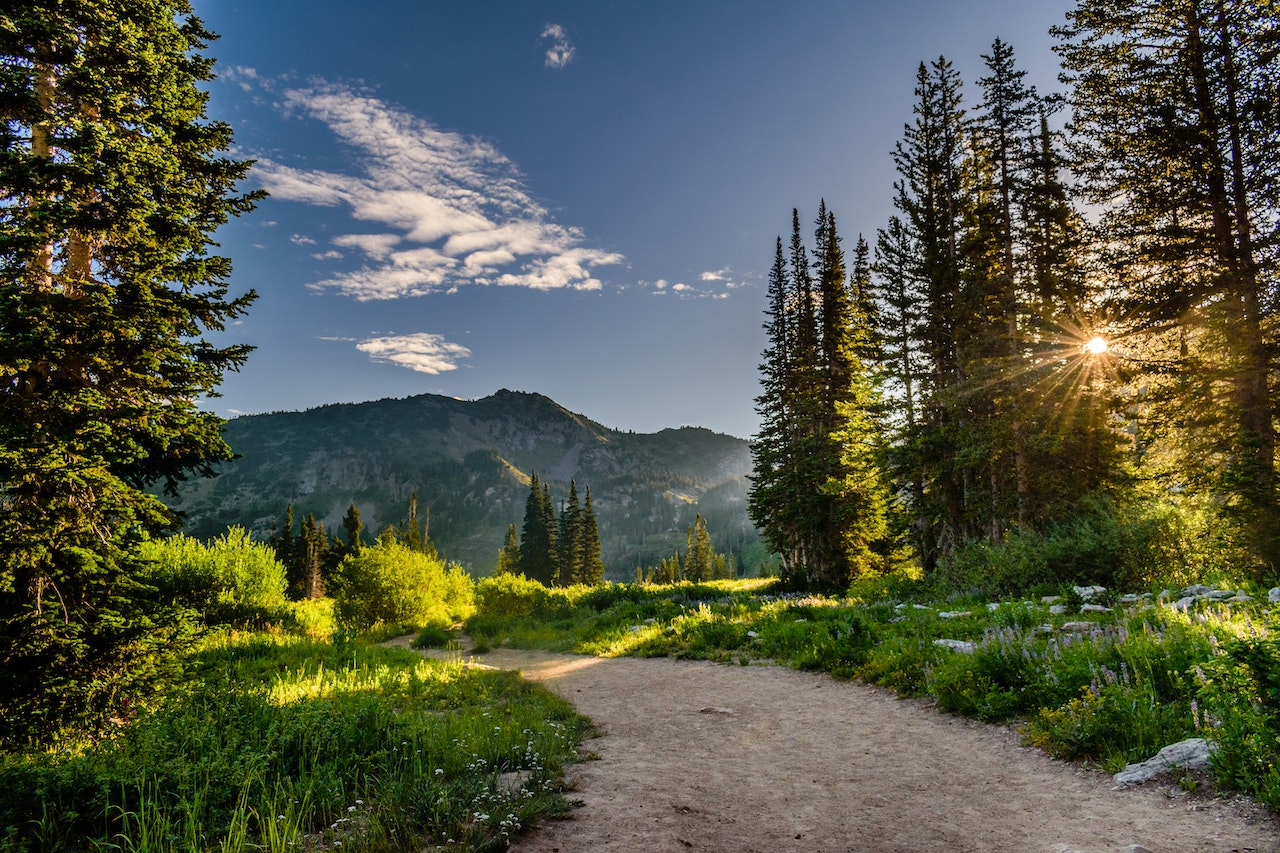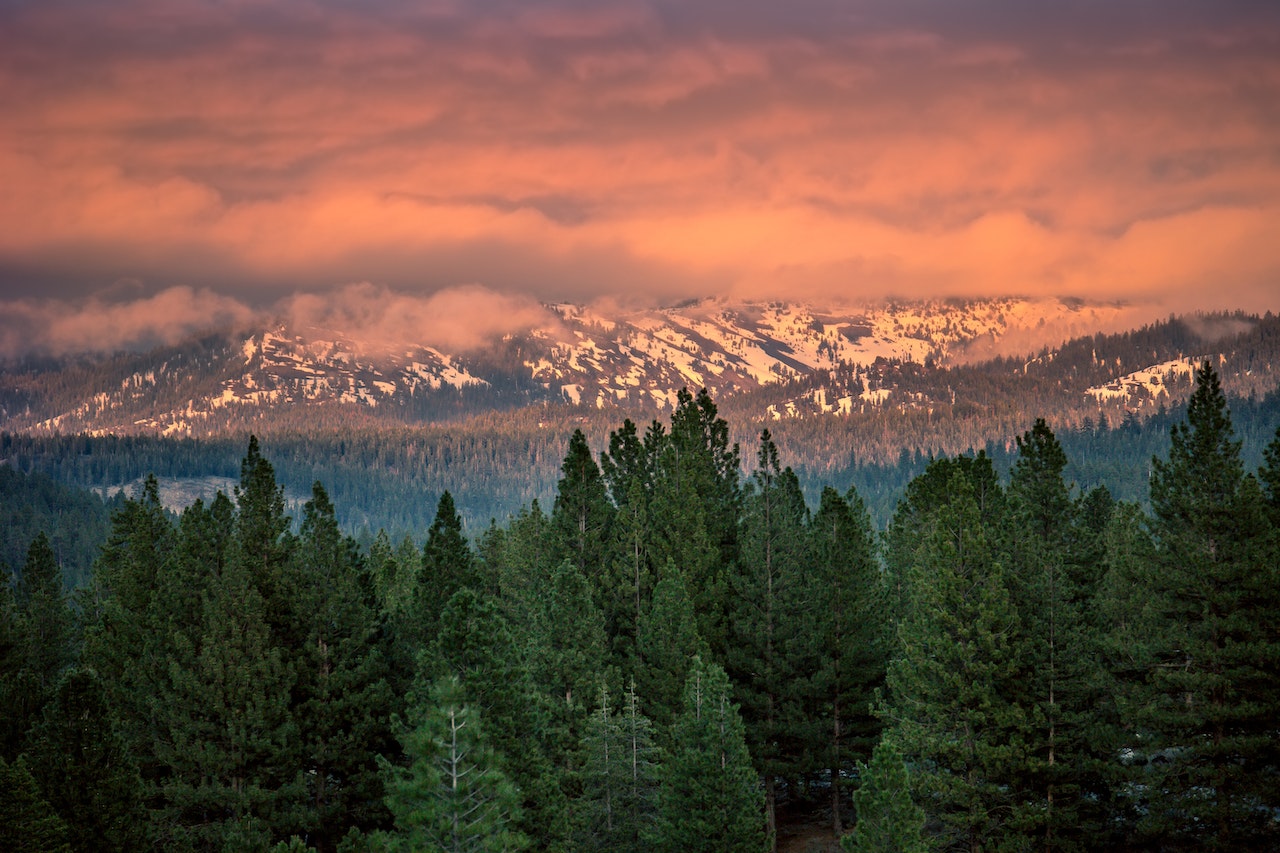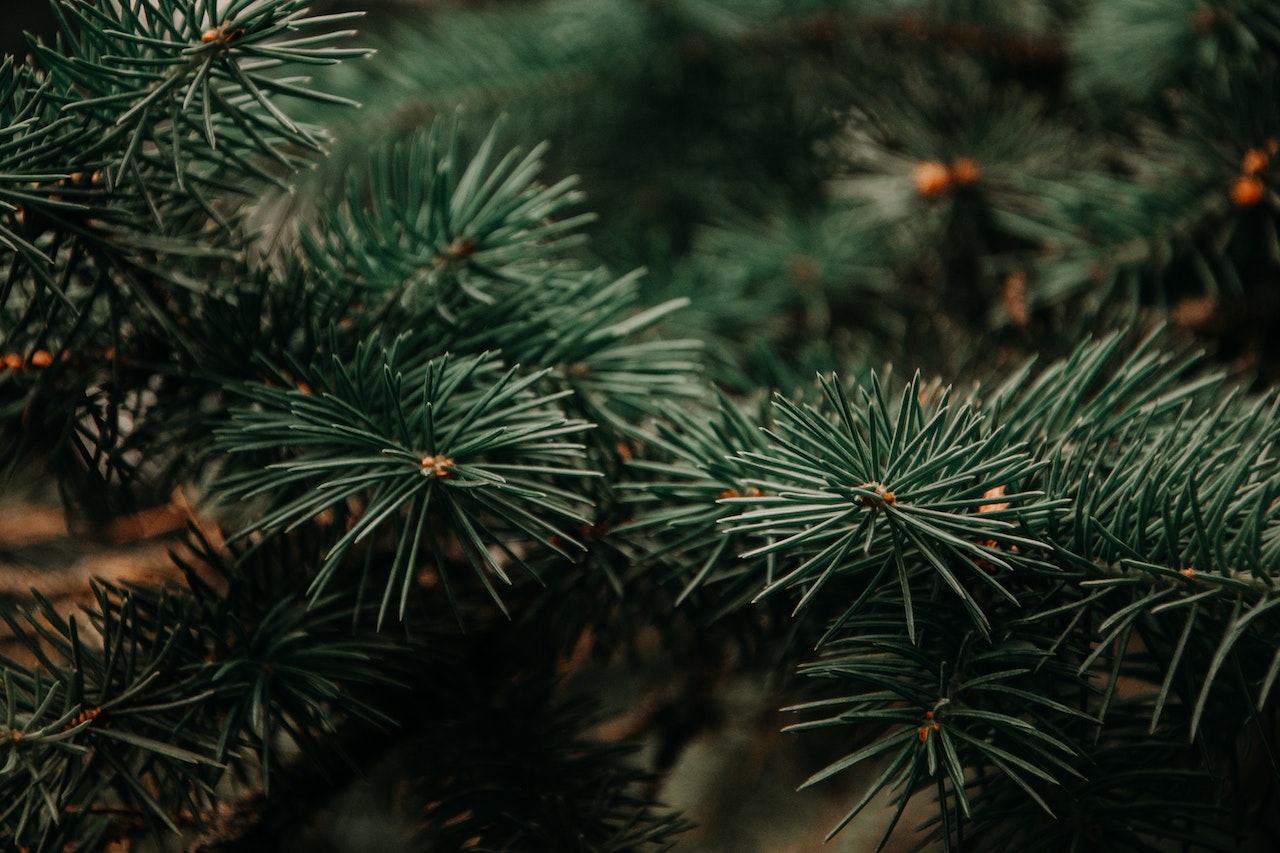We all enjoy going camping and trekking in the bush, and if the opportunity arises, we would all be happy to spend longer periods outdoors. Issues may occasionally occur no matter how regularly you go camping or trekking or how skilled you are. You can find yourself in a scenario you do not know how to handle. However, if you are in a place with pine trees around, then you can take a lot of those situations, at least, until a rescue team reaches you. We will go through many different survival applications for pine trees so that everyone will be prepared should they find themselves in a similar circumstance.
1. Medicinal Uses of Pine
While it cannot be considered medication, it is undeniable that it may be highly beneficial for simple first-aid needs. Beeswax and pine pitch can be used to make throat lozenges. You may eat it straight off the tree, but make sure it has had time to develop into a bulb-like shape. Also, pine resin may be applied to wounds without risk of harm because of its anti-fungal, antibacterial, and antiseptic characteristics to prevent infection and keep germs at bay. Pine resin can also be used to remove splinters. Simply apply it to the afflicted area, and within a few days, the splinter will naturally fall out.
2. Pine as Fuel
Pine resin may ignite a fire even in humid conditions due to its combustible nature. You could have come across a scenario where the only wood available was moist. Does this imply that you will not have a fire? If there are any nearby pine trees, of course not. Find some hardened pine resin and pine branches/sticks, and then break the sticks to look for resin streaks. This pitch may be ignited with a ferro rod or a flint bar containing magnesium shavings.
3. Pine as Food
Because pine needles contain a lot of vitamin C, drinking tea made from them on a chilly night will help strengthen your immune system. You only need to boil some water in a container, add the pine needles, and let it continue to boil for an additional two minutes. After that, you can drink the water without straining it or even when it still contains needles. Although they are smaller than the other nuts you have eaten, pine nuts are nonetheless tasty. Although you can boil them or eat them raw, roasting them makes them taste much better.
4. Pine for Shelter or Bedding
You need a restful night’s sleep after a pleasant day of camping and hiking, and if you are having trouble falling asleep comfortably, a pine tree may be able to help. Pine may be used as a habitation and for bedding. Pine boughs provide a cozy, warm shelter, and pine needles work well to create a cozy, dry bed.
5. Pine as A Waterproof Treatment
Pine resin may be used to treat various items, such as matches, to make them resistant to harm from moisture since it is water-resistant. You can seal seams and fix holes/breaks in shoes, boats, and other constructions with its assistance. To make your boots or shoes waterproof, you may even apply the resin to the bottom part of the item. Remember, the resin must be heated until it becomes liquid before you can apply it to any material.
6. Signal Fires
Branches and needles of green pines emit a lot of smoke. There is no finer material in the woods if you need to start a signal fire. This has a bad side, so keep that in mind. Do not use green pine in your campfires if your goal is to avoid being discovered!
7. Insect Repellent
The fragrance of pine resin repels a lot of flying insects.
8. Glue and Water Repellent
Pine resin is highly gooey and quite effective at repelling water. Utilizing its adhesive qualities, you may use it as a “bush glue” in an emergency. It may be used to mend minor holes in tarps and tents and to water-proof items because it is a natural water repellent (and sticky, did I mention that?)
9. Concealment and Camouflage
To hide caches, chopped pine boughs can be placed on top of them. They have been utilized by it to hide and protect animal traps. Branches can be sewn to your clothing as a way to break up your silhouette and improve your ability to blend in.
10. Sustenance
Last but not least, pine trees provide us with tiny pieces of heaven in the form of their healthy little secrets, the pinecones. Pine nuts are located inside pinecones and are best when roasted over an open flame that may also be started using the pinecone itself. Although not a complete meal, these nuts help to maintain blood sugar and energy levels. Pine is one of the most widely used natural resources in the world because of its abundance of survival resources, high production standards in the wood business, and aesthetic appeal in the interior design industry. Pine is truly the unsung hero in these areas.
What Is Pine Sap?
Similar to how blood circulates throughout the human body, pine sap is a sticky liquid that transports water, nutrients, a lot of sugar, and mineral ingredients throughout tree trunks. Through the phloem tubes and xylem cells in the trunk, pine tree sap slowly flows. Pine trees create carbohydrates during photosynthesis, which they later transform into starch and sugar. The stickier, oozing material that is recognizable to us is created when this sugar interacts with sap liquids. This hardened sap is also known as pitch and resin.
How to Harvest Pine Sap?
While it is feasible to tap a tree to gather pine sap, doing so does cause tree damage, making it unwise except in the most exceptional of circumstances. Finding the golden pine sap crystals around the tree trunk or branches is a much simpler way to harvest pine sap. Pine tree sap leaks out and solidifies as a scab when the bark of the tree’s trunk sustains an injury, protecting the tree. Additionally, trees naturally bleed sap in the spring and early summer to help them store energy. Once you have gathered enough pine sap crystals, melt the resin over a fire, preferably in a metal container, until it becomes more liquid-like. Depending on how you intend to utilize the resin, you can decide to strain it after liquifying.
Conclusion
One of the most useful things you may have in an emergency is a pine tree. Consider yourself fortunate even if you get lost in a pine forest. Compared to other habitats, your odds of surviving are significantly greater here, and because you now know how to use pine trees as shelter, things will be much simpler.


